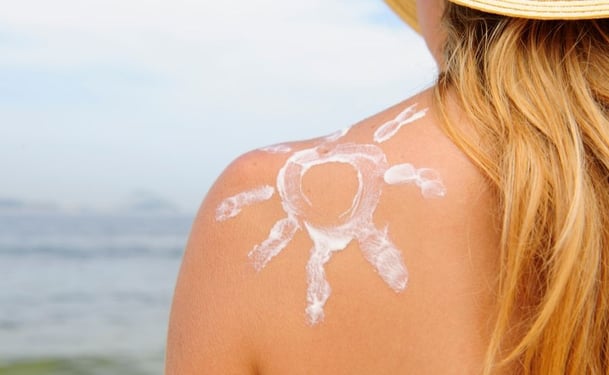BBL Phototherapy is a cosmetic procedure that relies on pulses of intense, broad band light waves to reduce or eliminate the effects of aging and sun exposure. BBL treats fine lines, redness and discoloration, age spots, sun spots, enlarged pores, redness, rosacea, and other conditions, resulting in a smoother, more refined and even texture and tone. Using a range of filters, your specialist can precisely tailor your treatment to your skin type and specific conditions.
How does BBL Phototherapy work?
BBL Phototherapy works by gently heating the upper layers of the skin, helping to destroy the superficial damaged layers and stimulating the growth of new collagen, which helps skin appear smoother, plumper, and more resilient. In addition, the procedure reduces the appearance of tiny vessels and excess pigments that can make the skin tone appear red or uneven.
What areas of the body dos BBL Phototherapy treat?
BBL Phototherpay can be used on any area of the body, but is most commonly used on areas that have been exposed to the sun, such as the face, the backs of the hands, the chest, and the shoulders.
What are the advantages of BBL Phototherapy over other similar treatments?
BBL is noninvasive, which means the surface of the skin is not abraded or pierced, resulting in a significantly faster recovery time than similar rejuvenation procedures. BBL Phototherapy treatment is also fast, with most treatments taking from a few minutes to a half hour. Moreover, because the procedure stimulates the production of collagen for several months following treatment, you may continue to see improvement for weeks following the procedure.
Who is a candidate for BBL Phototherapy?
Any man or woman who wants to reduce or eliminate fine lines and wrinkles, age spots, sun spots, discoloration, or other signs of aging or sun damage, as well as individuals who want to achieve a more even, radiant, and more youthful appearance can be good candidates for BBL Phototherapy. Men and women with tanned skin or darker skin tones may not be ideal for this procedure, since the skin’s pigment absorbs the energy from BBL. If you have tanned or darker skin, your clinician can help determine if BBL is a good option for you.
How is BBL Phototherapy performed?
Once your skin is cleansed, you will be given protective eyeglasses to wear during the procedure, which takes from a few minutes to a half hour to perform. As the light wand is passed over your skin, you will feel a gentle heating as the light penetrates the skin’s upper layers. Most patients experience little to no discomfort during the procedure, while others liken it to a rubber band being lightly snapped against the skin. In some cases, your clinician may apply a topical anesthetic prior to treatment.
What is the recovery like?
Because BBL Phototherapy is gentle and noninvasive, most patients undergoing BBL are able to apply makeup, return to work or resume other normal activity immediately after the procedure.
What will the results be like?
Following the procedure, there may be some initial redness which usually fades within a few hours. Pigmented lesions may turn darker before flaking off a few days after treatment. Overall, your skin will appear smoother, and you should notice a reduction in fine lines and wrinkles.
How many treatments are necessary?
The number of treatments you’ll need to see the results you want depends upon the condition and the area being treated. Most individuals need as many as five treatments given every two to four weeks for best results.
What are the risks?
BBL is a gentle, safe procedure. Individuals with darker skin tones may experience loss of pigmentation, and most patients will be sensitive to UV light following the procedure. Sunscreen is important, and patients will need to avoid direct sun exposure during the healing process.
Is BBL Phototherapy approved for use in the U.S.?
Yes, this procedure is approved for use in the United States.
Is BBL Phototherapy covered by insurance companies?
No, BBL Phototherapy is considered an elective cosmetic procedure, and is generally not covered by major insurance carriers.
Disclaimer: This information is intended only as an introduction to this procedure. This information should not be used to determine whether you will have the procedure performed nor does it guarantee results of your elective surgery. Further details regarding surgical standards and procedures should be discussed with your physician.
By Dermanetwork.org Staff
Updated: February 24, 2010


